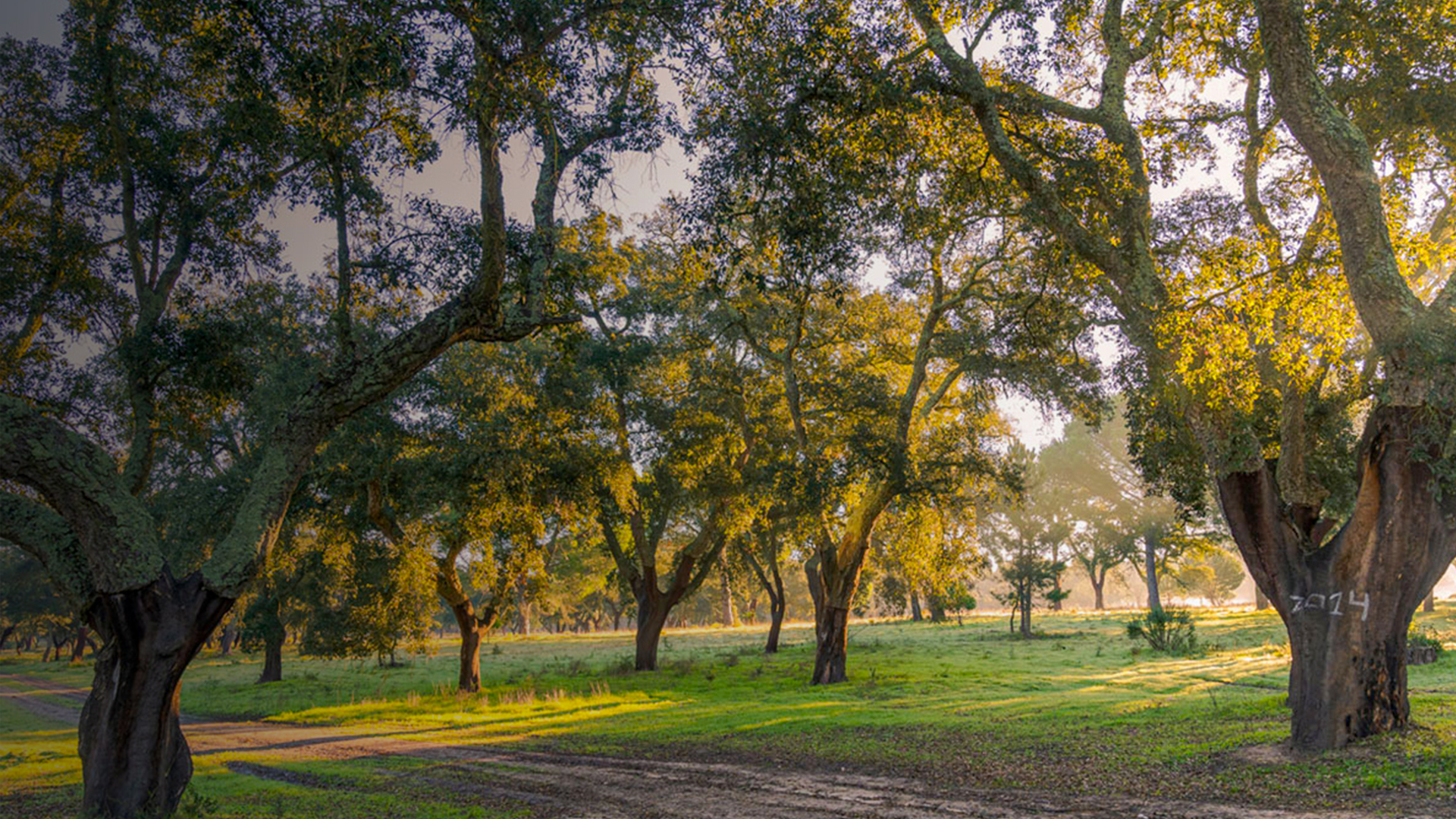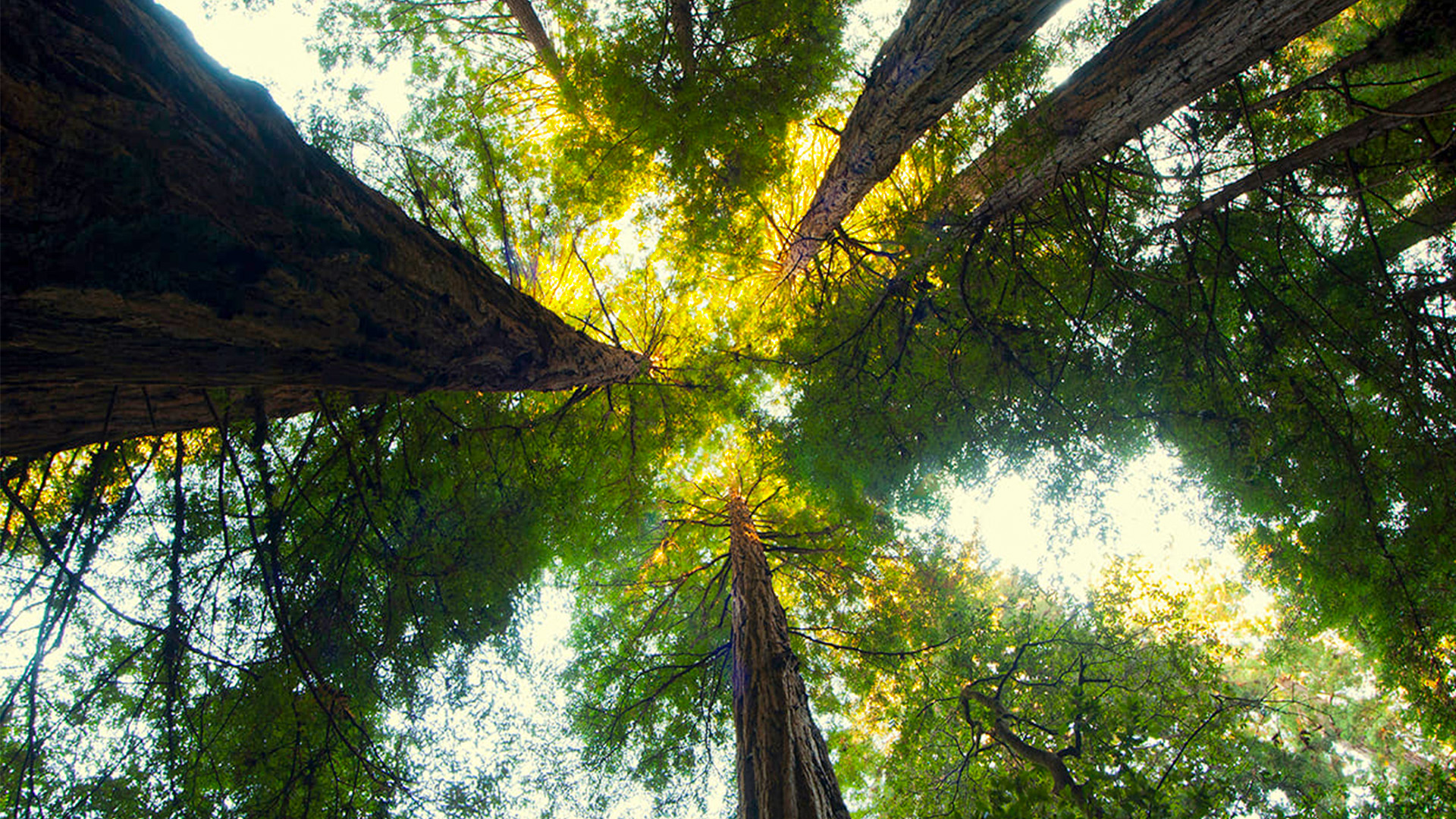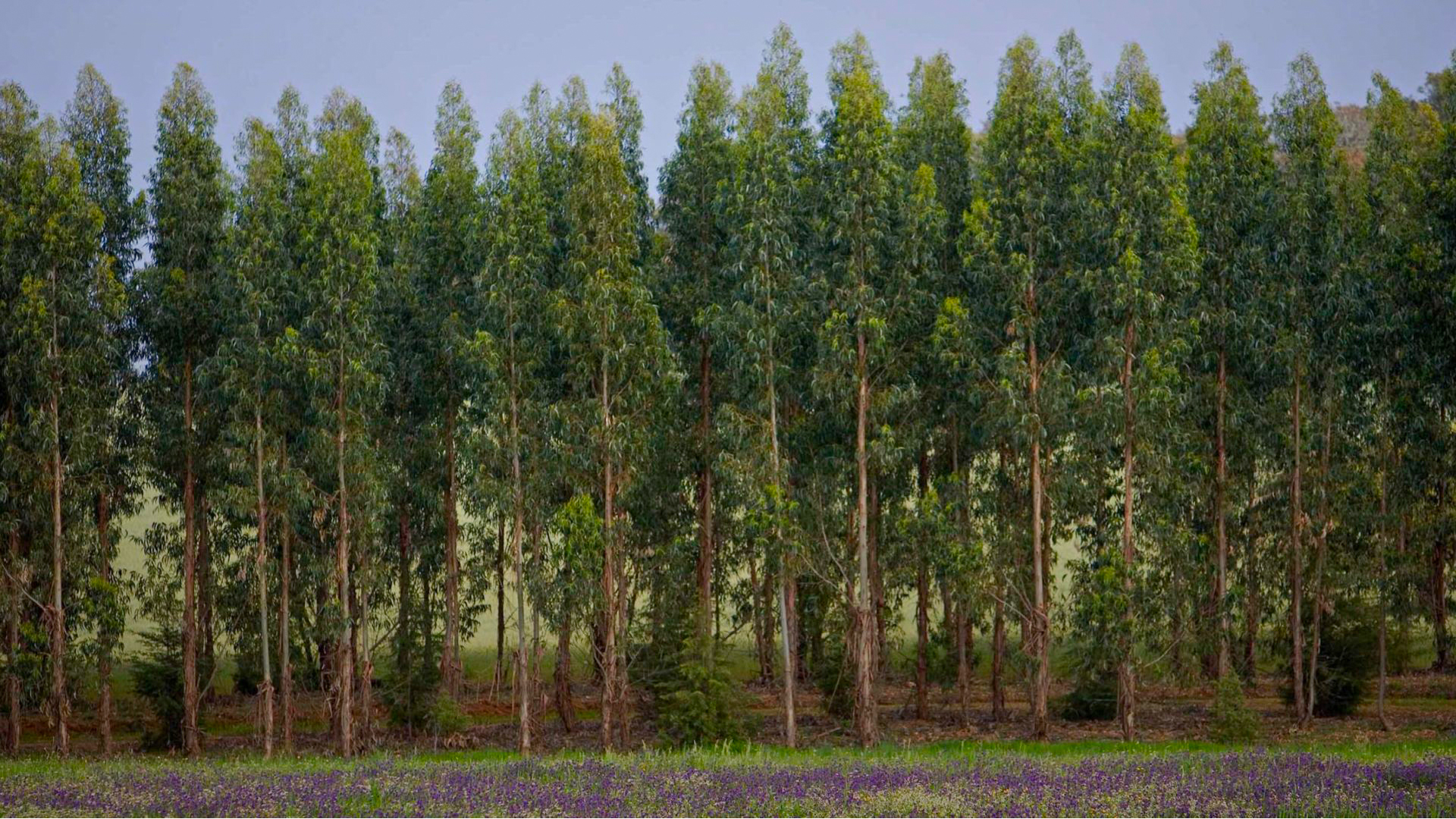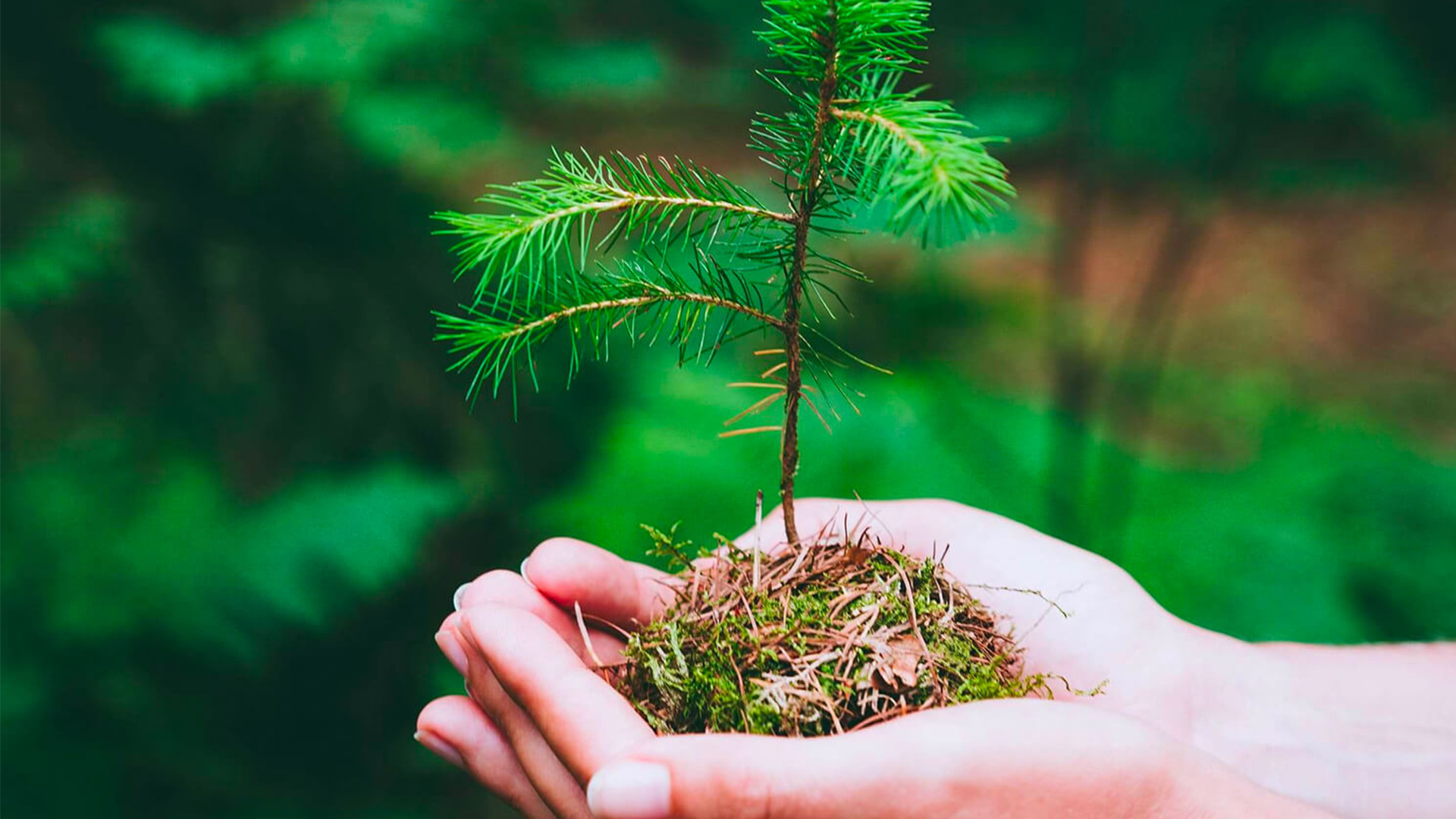Every year, Indigenous Forest Day is celebrated on November 23 as this is the time of the year with the best climate conditions to sow and plant trees. This date is there, above all, to remind us of how important it is to promote and practice the conservation of our natural forests and their biodiversity.
According to the latest “State of the World’s Forests 2022” “State of the World Forests 2022 report by the Food and Agriculture Organization of the United Nations (FAO), most most life on earth takes place in forests and biodiversity in forests is also the most extensive in terms of variety of both species and ecosystems. And talking figures, around 31% of the planet’s land surface, equivalent to about 4 billion hectares, is home to 80% amphibian species, 75% bird species and 68% mammal species.
As for Portugal, native trees account for 72% of the forest in the country and this figure is confirmed by the 6th National Forest Inventory, developed by the Institute for Nature Conservation and Forests (ICNF) between the start of 2016 and the end of 2018. More than an inventory making an in-depth survey of forest resources every 10 years, this is a fundamental survey for the responsible management of this natural heritage with a view to the sustainable use and conservation of species and forest resources.
Given its environmental, economic or social impact, forests play a fundamental role in our lives, the main reason behind The Navigator Company major investment on preservation. This means halting the loss of forest areas and preserving the existing ones, thereby increasing sustainably managed planted forests, which currently account for only 7% of the world’s forest area.
When implemented in suitable locations and well managed, forests planted for production purposes are an alternative to meet the needs of raw materials and, therefore, the best way to preserve natural forests.
How to take care of the native forest?
In the approximately 108,000 hectares of forests managed by Navigator, about a quarter is composed of forest production areas other than eucalyptus plantations (including 3,000 hectares of resinous trees, e.g. maritime and stone pines, and 3,800 hectares of cork oak trees), patches of natural and semi-natural habitats containing species of flora and fauna of major conservation importance, watercourses and lagoons.
At Zambujo, a planted forest property managed by Navigator located in Idanha-a-Nova, in the heart of the Tagus International Natural Park, this preservation is already underway under the “Zambujo reCover – Forest re-qualification and soil protection project”.
Promoted by the Company in partnership with RAIZ – Forest and Paper Research Institute, an R&D Laboratory owned by The Navigator Company, University of Aveiro, University of Coimbra and University of Lisbon, through the Higher Institute of Agronomy, it aims to implement an ecological renovation action in a153 hectare-area, proceeding with reforestation with native species, aimed at promoting soil conservation and improving protected habitats. After the first steps in 2022, most of the interventions on the ground took place in 2023. Read more here.
Recalling previous initiatives, in 2020 The Navigator Company provided 400 native species for a reforestation action promoted by the Improvement Commission of Soito da Ruiva – a village located in Serra do Açor, 700 meters above sea level, between the Serra da Estrela and Serra da Lousã mountain range. In an attempt to recreate the mountain range of ore, more than 100 volunteers planted chestnut, walnut, holm oak, holly and arbutus trees.
Subsequently, in 2022, the Indigenous Forest Day was marked by the donation of trees for reforestation, similar to many initiatives supported by Navigator, through several municipal initiatives, namely in the towns of Guimarães, Vila Nova de Famalicão, Lousada, Vila Nova de Poiares and Torres Vedras.
Overall, the Portuguese forest is organised into four major groups: perennial hardwoods (cork and holm oak forests); pine forests (maritime pine and stone pine); forest-industrial hardwoods (eucalyptus) and deciduous hardwoods (oak, chestnut and other trees).
The cork oak and holm oak forests take up the largest forest area, with about one million hectares, accounting for one-third of forest areas. Pine forests are the second, with an area of close to one million hectares. Eucalyptus forests take up 844,000 hectares, about 26% of the continental forest area. The deciduous hardwoods are the least representative forest formation in terms of relevant area, accounting for 10% of the forest territory.
In turn, 61% of forests in mainland Portugal is composed of four species: maritime pine (Pinus pinaster), the cork oak (Quercus suber), the holm oak (Quercus rotundifolia) and the stone pine (Pinus pinea).
Other trees of the Portuguese native forest are carob tree (Ceratonia siliqua), alder (Alnus glutinosa), birch (Betula spp.), black oak (Quercus pyrenaica), Portuguese oak (Quercus faginea), red oak (Quercus robur), chestnut tree (Castanea sativa), beech (Fagus Sylvatica), arbutus tree (Arbutus unedo), scots pine (Pinus sylvestris) and willow tree (Salix atrocinerea).






